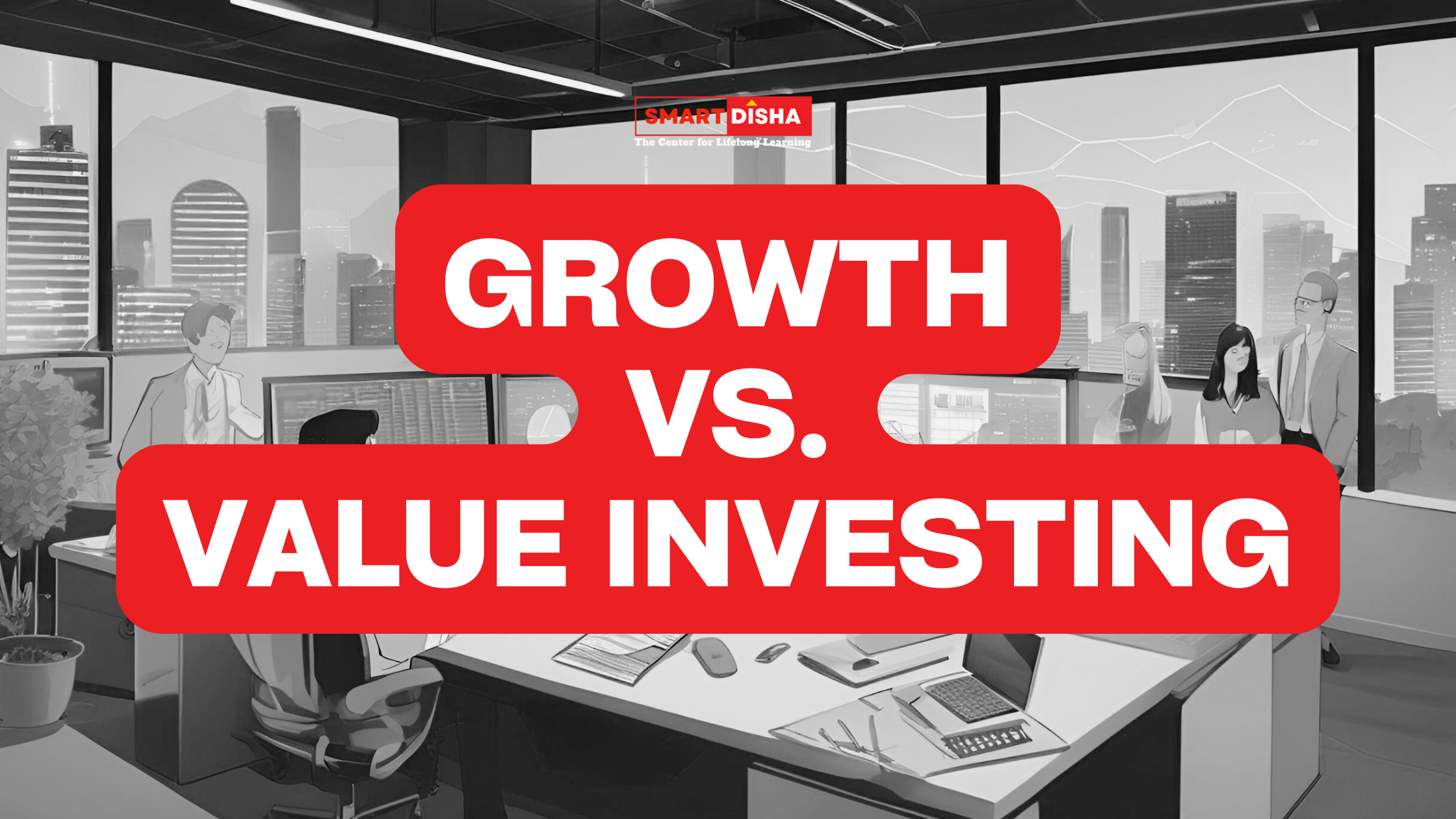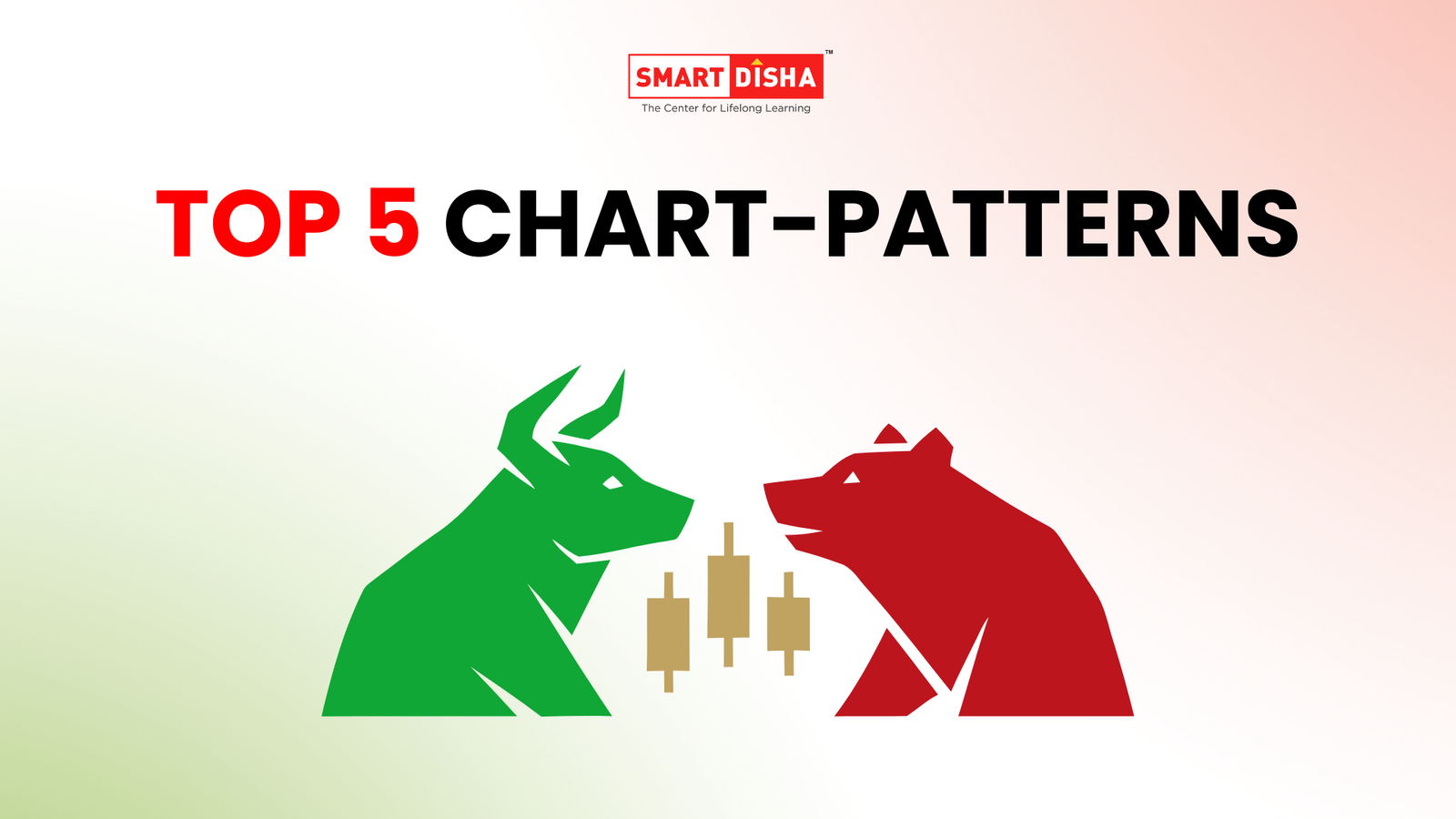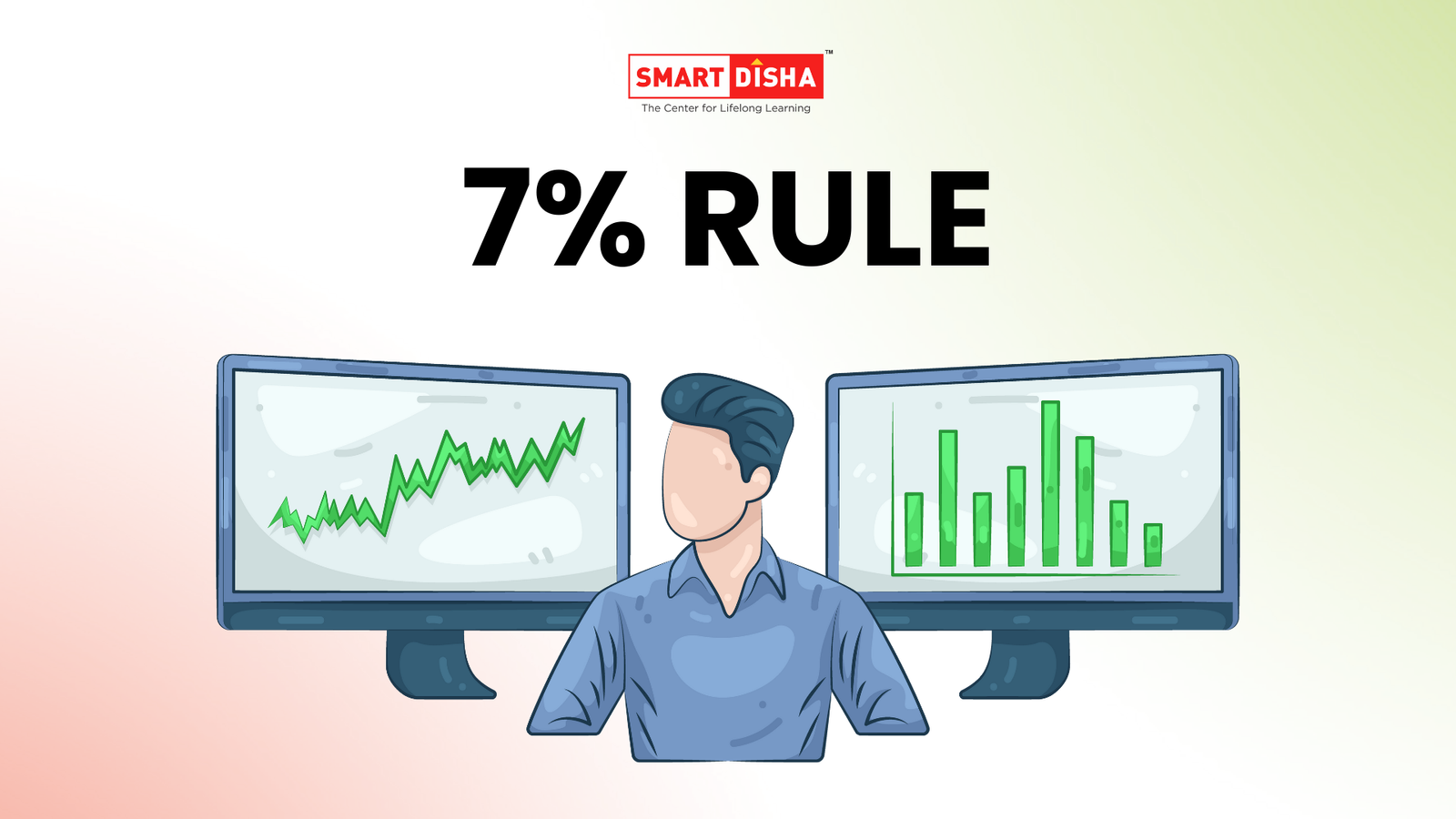When it comes to investing in the stock market, two popular strategies stand out: growth investing and value investing. Each approach has its unique principles, goals, and risk profiles. Understanding the difference between growth and value investing will help you choose the strategy that best aligns with your financial goals, risk tolerance, and time horizon
If you’re someone who enjoys taking on more risk for the potential of higher returns, has a long investment horizon, and doesn’t mind market ups and downs, growth investing could be the right strategy for you. This approach suits investors looking to maximize capital appreciation and are willing to wait for future growth.
On the other hand, if you prefer stability, steady returns, and are more conservative with your investments, value investing might be a better fit. This strategy is ideal if you’re seeking a more predictable income stream, such as dividends, and want to invest in established companies with solid fundamentals, especially during market downturns.
Choose the strategy that aligns with your risk tolerance, goals, and time horizon to best meet your financial objectives, let’s understand everything in detail
What is Growth Investing?
Growth investing focuses on companies that are expected to grow at an above-average rate compared to the overall market. These companies often reinvest their earnings into expanding operations, entering new markets, or developing innovative products.
Key Characteristics of Growth Stocks:
- High Growth Potential: These companies often operate in fast-growing industries such as technology, healthcare, or consumer goods.
- Reinvestment: Growth companies typically reinvest their profits into the business rather than paying dividends to shareholders.
- Higher Valuation: Growth stocks are often valued higher than the broader market, as investors are willing to pay a premium for future growth.
- Volatility: Due to their high valuation and growth expectations, these stocks tend to be more volatile and sensitive to market fluctuations.
Who Should Consider Growth Investing?
Growth investing is suited for investors with a higher risk tolerance who are looking for long-term capital appreciation. If you’re willing to ride out market ups and downs and are less concerned with short-term returns, growth investing might be a good fit.
What is Value Investing?
Value investing is based on the principle of buying stocks that are trading below their intrinsic value. Value investors look for companies that are undervalued by the market, often because of temporary challenges, poor earnings reports, or broader market trends. The goal is to buy these stocks at a discount and profit as the market corrects their valuation over time.
Key Characteristics of Value Stocks:
- Undervalued: Value stocks tend to trade at lower price-to-earnings (P/E) ratios or price-to-book (P/B) ratios compared to the broader market.
- Dividends: Value companies are more likely to pay dividends, providing a steady income stream to investors.
- Stable Businesses: Value companies often have established business models and stable cash flows.
- Less Volatile: Value stocks are generally less volatile than growth stocks, as they’re often found in mature industries like finance, utilities, or consumer staples.
Who Should Consider Value Investing?
Value investing is ideal for investors with a moderate risk tolerance who seek stability and a steady income stream. If you prefer a conservative approach and are patient enough to wait for the market to recognize a company’s true worth, value investing could suit your style.
Growth vs. Value: A Side-by-Side Comparison
| Criteria | Growth Investing | Value Investing |
| Focus | Future growth potential | Undervalued stocks with stable fundamentals |
| Industries | Technology, healthcare, consumer goods | Finance, utilities, consumer staples |
| Risk Level | Higher volatility, greater risk | Lower volatility, moderate risk |
| Return Source | Capital appreciation | Dividends + capital appreciation |
| Time Horizon | Long-term | Long-term or medium-term |
| Investor Type | Aggressive, risk-tolerant | Conservative, value-oriented |
How to Decide Which Strategy Suits You
1. Risk Tolerance
Your ability to handle market volatility is a major factor when choosing between growth and value investing. Growth stocks can see significant price swings, which may not be suitable for investors who are uncomfortable with volatility. On the other hand, value stocks tend to offer more stability but may require more patience for returns to materialize.
2. Investment Goals
- If your primary goal is to maximize capital appreciation over the long term and you’re comfortable taking on more risk, growth investing may align with your objectives.
- If you prefer a conservative approach that prioritizes steady returns and possibly an income stream through dividends, value investing could be a better fit.
3. Time Horizon
Both growth and value strategies require a long-term view, but growth investors often have to wait longer to see substantial returns. If you have a long investment horizon and can afford to let your money grow for 10-15 years or more, growth investing might be appealing. Value investing, while also long-term, may yield results in a shorter time frame, especially if a stock’s valuation corrects quickly.
4. Market Conditions
Market cycles also play a role in the success of either strategy. Growth stocks tend to perform well during periods of economic expansion, when investor optimism is high. In contrast, value stocks often outperform during market downturns or when the economy is recovering, as investors seek safety in stable, undervalued companies.
Combining Growth and Value: The Best of Both Worlds
It’s important to note that growth and value investing don’t have to be mutually exclusive. Many investors adopt a blended strategy, incorporating both growth and value stocks into their portfolios. This approach allows for the potential of high returns from growth stocks while balancing risk with the stability of value stocks.
A balanced portfolio that includes both types of stocks can provide diversification and reduce the impact of market volatility. For example, during bull markets, your growth stocks may drive portfolio returns, while during bear markets, value stocks could help protect your investments from large declines.
Conclusion: Growth vs. Value – Which Strategy is Right for You?
Ultimately, the choice between growth and value investing depends on your individual financial situation, investment goals, risk tolerance, and market outlook. Growth investing offers the potential for significant capital appreciation, but with higher risks. Value investing provides more stability and dividend income, but it may require patience as undervalued stocks gradually recover.
Many successful investors use a combination of both strategies to build a diversified portfolio, benefiting from the potential upside of growth stocks while maintaining a safety net with value stocks. The best approach is one that aligns with your financial goals, investment style, and ability to weather market ups and downs.
By understanding the core principles of both strategies, you can make more informed investment decisions that suit your needs.




